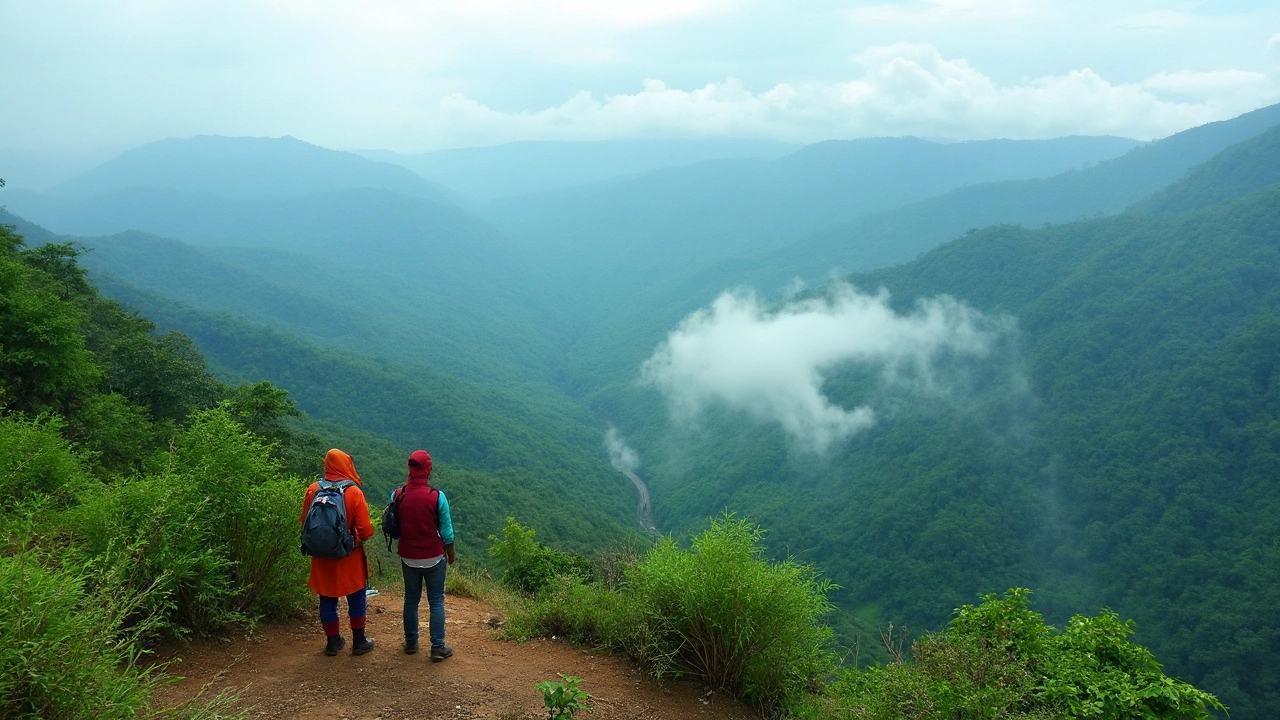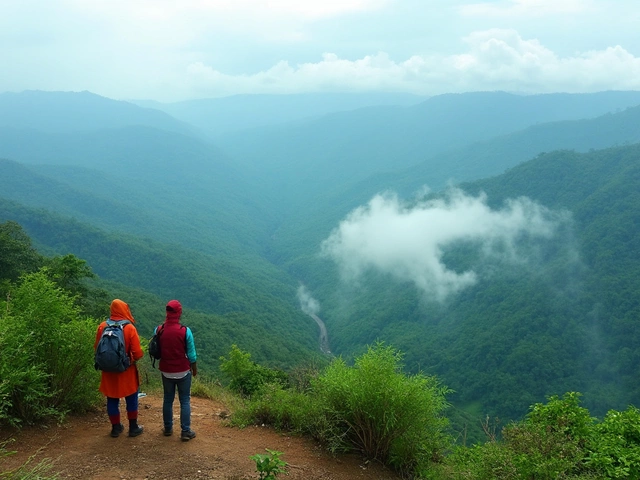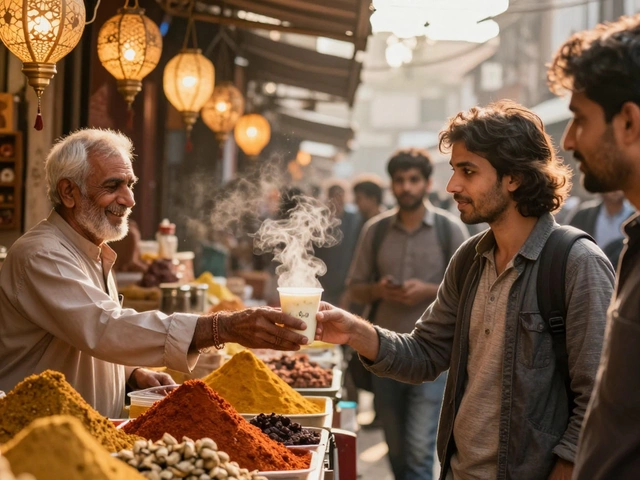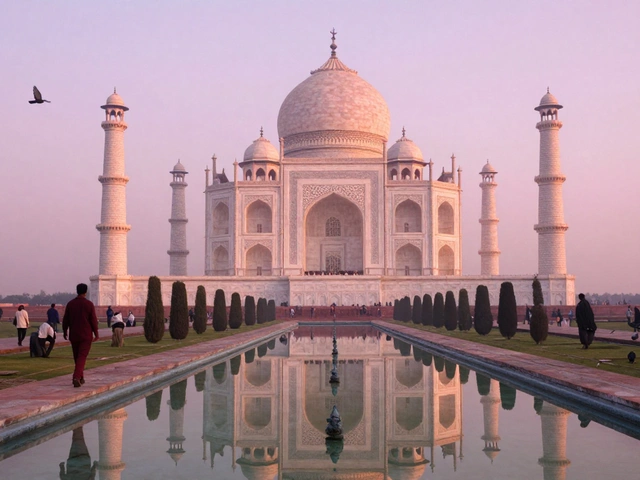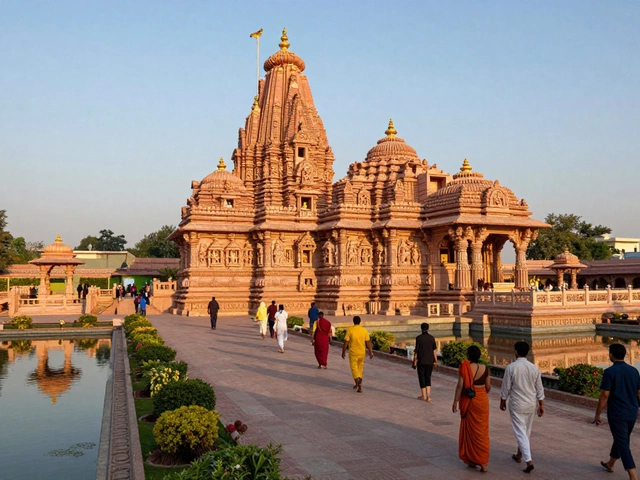Picture this: a UNESCO World Heritage Site that doesn’t just belong to one place—it snakes its way through multiple states, cutting across landscapes, language zones, and cultures. You won’t find marble palaces here, or ancient ruins echoing with forgotten tales. Instead, it’s a living, breathing green corridor, teeming with birdsong and the roar of waterfalls. That’s the magic of the Western Ghats. If you ever thought world heritage only clung to old forts or iconic temples, the Ghats will rewrite your story. This mountain range, declared a World Heritage Site by UNESCO in 2012 for its exceptional biodiversity, stretches majestically over six Indian states: Gujarat, Maharashtra, Goa, Karnataka, Kerala, and Tamil Nadu. Yes, you read that right—six. So, if you were ever stumped by a quiz or pub trivia about which Indian World Heritage Site crosses state boundaries, now you’ve got your knockout answer.
The Western Ghats: A Living World Heritage That Crosses Borders
Let’s get one thing clear: the Western Ghats aren’t just long—they’re ancient. We’re talking about a chain of mountains that’s older than the Himalayas, with rocks dating back about 150 million years. The range runs parallel to India’s western coast, rising from the Tapti river valley in Gujarat and fanning out south till the tip of Tamil Nadu. Over 1,600 kilometers, the Ghats become everything from mist-drenched hills to deep valleys and sprawling forests, and there’s not one part of it that looks the same across its whole length.
This isn’t just an impressive stretch on a map. The Western Ghats make up one of the world’s top eight "hottest hotspots" for biological diversity, as classified by Conservation International. Let that sink in for a second: among all the places bursting with unique animals and plants on this planet, India’s Ghats sit right up there with the Amazon and Madagascar. UNESCO recognized 39 specific sites in the Ghats as particularly significant, and if you take a walk in any one of them, prepare for a shock to the senses—dense shola forests covered in moss, mountain streams gushing over rocks, and a thousand shades of green that make city parks look dull. What’s wild is how dramatically the environment can change as you hop from state to state, and even valley to valley, within the Ghats.
To give you a sense of the numbers, take a look at this table showing the national parks and wildlife sanctuaries included in the UNESCO listing, by state:
| State | Important Sites |
|---|---|
| Maharashtra | Kas Plateau, Koyna Wildlife Sanctuary, Chandoli National Park |
| Goa | Bhagwan Mahavir Wildlife Sanctuary |
| Karnataka | Kudremukh National Park, Pushpagiri Wildlife Sanctuary |
| Kerala | Periyar Tiger Reserve, Silent Valley National Park, Eravikulam National Park |
| Tamil Nadu | Mukurthi National Park, Kalakad Mundanthurai Tiger Reserve |
Why do so many people—from botanists to hikers—get obsessed with these green hills? Because they’re home to around 7,400 species of flowering plants, 139 mammal species and almost 350 bird species. Thirty percent of all plant and animal species found in India just happen to live here. Go deeper, and you’ll spot creatures found nowhere else: the Nilgiri tahr (imagine an antelope with a cool mane), the lion-tailed macaque (a seriously stylish monkey), or even the Malabar parakeet if you’re into birdwatching. Plus, the rivers that gush out of these hills aren’t just beautiful—they provide drinking water to millions in the states below.
One botanist once put it bluntly:
“The Western Ghats are not just a range of hills, but the heart of India’s natural heritage. Every patch of forest is a living museum.”And when you realize that the weather here fuels the mighty southwest monsoon and shapes the entire peninsula’s climate, you start to see why UNESCO pays attention.

Why the Western Ghats Deserve Their UNESCO Status
Sure, it’s beautiful, but there’s more going on than pretty landscapes. The Western Ghats are like a high-tech gene bank, safeguarding DNA that could be the key to future foods, medicines, or climate survival. Scientists are still discovering new species here—just a few years ago, a dazzling new species of frog that glows under UV light made headlines. It’s not an overstatement to say that the Ghats are a biological treasure hunt in progress.
UNESCO granted the Western Ghats World Heritage Site status mainly for two things: its biodiversity and its role as a habitat for rare and threatened species. The Ghats are natural laboratories where you can watch evolution play out in real time. The forest canopy, for example, is thick and unbroken in places like Silent Valley (Kerala) or Kudremukh (Karnataka), providing home to endangered species. These untouched spots are called “refugia,” meaning during major climatic shifts thousands of years ago, these pockets stayed stable, allowing plant and animal species to survive when others perished.
The real twist? Human beings have also lived here for millennia. The Western Ghats aren’t just wild and empty—they’re dotted with tribal communities whose farming and forest traditions go back centuries. Some of India’s best pepper, cardamom, and coffee come from their small-scale farms. The Ghats are also riddled with ancient temples and sacred groves, showing how people and nature have coexisted, shared and sometimes clashed for centuries.
The site doesn’t come without its fights. There’s ongoing debate about balancing conservation with development. Hydroelectric projects, mining, tourism, and plantation agriculture all threaten the delicate balance. But at the same time, local people and conservationists are coming together to push for sustainable solutions. For example, the Gadgil Committee (named after ecologist Madhav Gadgil) created a blueprint for protecting the Ghats. You might hear about these policy battles in the news—they affect millions of people’s lives and the survival of hundreds of species.
- Visitors are encouraged to use certified eco-friendly homestays and guided nature trails, helping local communities.
- Always respect the boundaries of protected zones —no selfies on the edge of a ridge or trampling over sacred groves just for Instagram!
- Monsoon (June to September) is beautiful but leech-prone. Carry salt or anti-leech socks if you plan to trek.
- If you’re a birder, the migratory season (December to February) is peak time for rare sightings.
Just a heads up—some sanctuaries have entry limits, so always double-check with forest departments before you plan your trip. You don’t want to get stuck outside during prime wildlife hours.
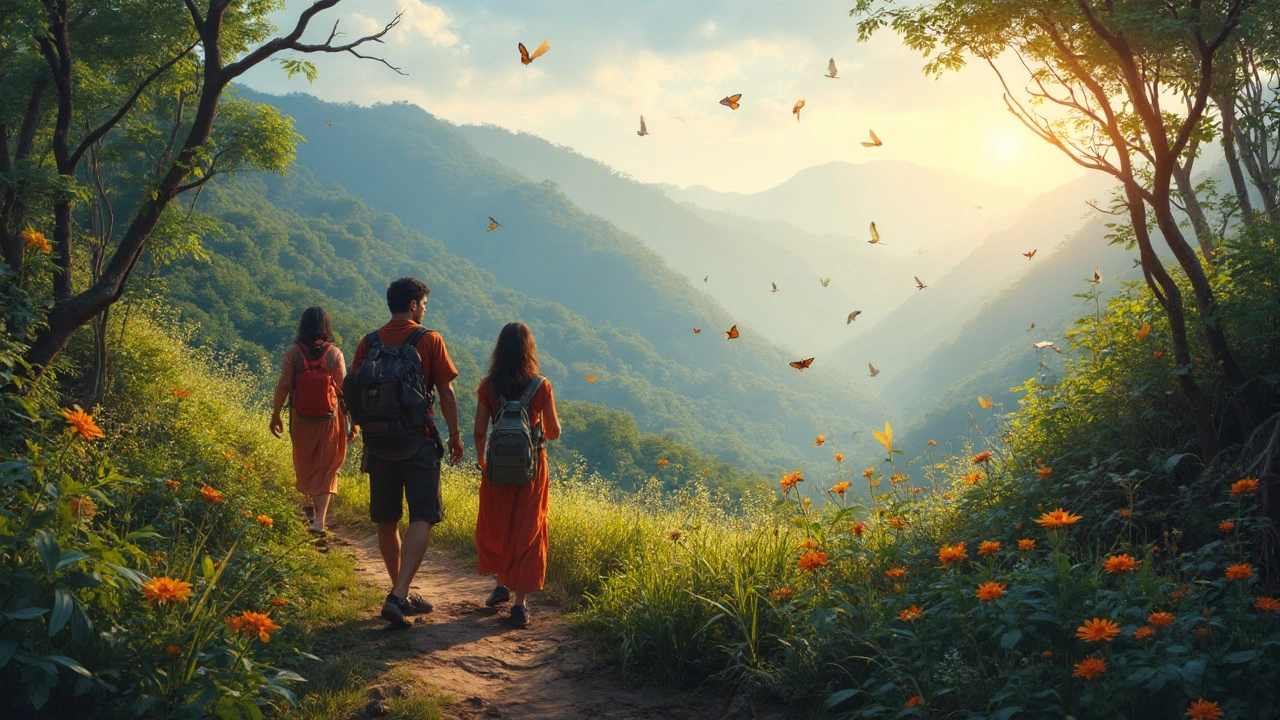
Visiting and Exploring the Western Ghats Across States
If you like road trips, the Western Ghats serve up some of India’s most jaw-dropping routes. The Pune-Mahabaleshwar stretch takes you past waterfalls and strawberry farms. Further south, driving from Goa’s Chorla Ghat to Karnataka’s Dandeli is like being teleported into scenes from a lush tropical movie. Kerala’s Munnar—the heart of tea country—sits at the crest of the Ghats, draped in rolling green hills and mist that creeps in every evening without fail. For serious trekkers, the Agasthyamalai range in Tamil Nadu and Kerala is a must-do, where you might bump into teams of scientists recording frogs or wild orchids.
Want to see something that feels otherworldly? Head to the Kaas Plateau in Maharashtra during late August to mid-September. That’s when a wave of wildflowers transforms the plateau into a galaxy of colors—pinks, yellows, purples—so bright that you won’t need to crank up the saturation on your camera. And if you’re lucky, you might witness the rare blooming of Neelakurinji flowers. These beauties show up only once every 12 years, turning the Nilgiri hills purple. The last bloom was in 2018, so mark your calendars for 2030; you won’t want to miss that selfie opportunity.
Tiger safaris at Periyar (Kerala) are popular, but don’t skip Silent Valley or Kudremukh if you crave serenity over crowds. If you’re into local culture, the monsoon festivals in Kerala or the traditional buffalo races (Kambala) in Karnataka give you a peek into life shaped by these ancient hills. And then there are the sacred groves—hidden, protected patches of forest with centuries-old stories, where locals believe spirits still roam. Ask villagers for permission before wandering in, and respect any local taboos.
Travel logistics can get a bit quirky when a site crosses state borders. District boundaries often slice through reserves, so your phone’s signal or GPS might jump from Kerala to Tamil Nadu without warning. Always pack light but be rain-ready. The Western Ghats are infamous for sudden downpours that can make roads disappear, or summon dense fog with zero warning. Layers, a good torch, and extra batteries will make life easier, especially since power cuts are pretty regular in remote areas.
If you’re a backpacker, state-run buses connect most small Ghats towns, but hiring a local cab for a few days is the stress-free way to go. You’ll want to stop often—every corner seems to reveal a new view, temple, or market. Homestays and eco-resorts are the rage here, and many are run by families who double as nature guides. Book in advance during the main season (October to May) because weekend traffic from nearby cities gets wild.
If wild elephants make you nervous, stick to well-trodden trails and heed forest warnings. Yes, you *might* spot a big cat if you’re really, really lucky, but sightings are rare. Besides, the Ghats’ tiny wonders—a frog that sings after dark, a purple crab hiding under a rock—are often more memorable than seeing the iconic megafauna.
One last tip: keep your heart and eyes open. The Western Ghats don’t just show you incredible nature—they teach you patience, respect, and a sense of wonder that lingers long after you leave. And while the Ghats might stretch across states and stories, every inch of this ancient chain has its own character, its own mystery, and its own tale to share, if you’re willing to walk slow and listen.
